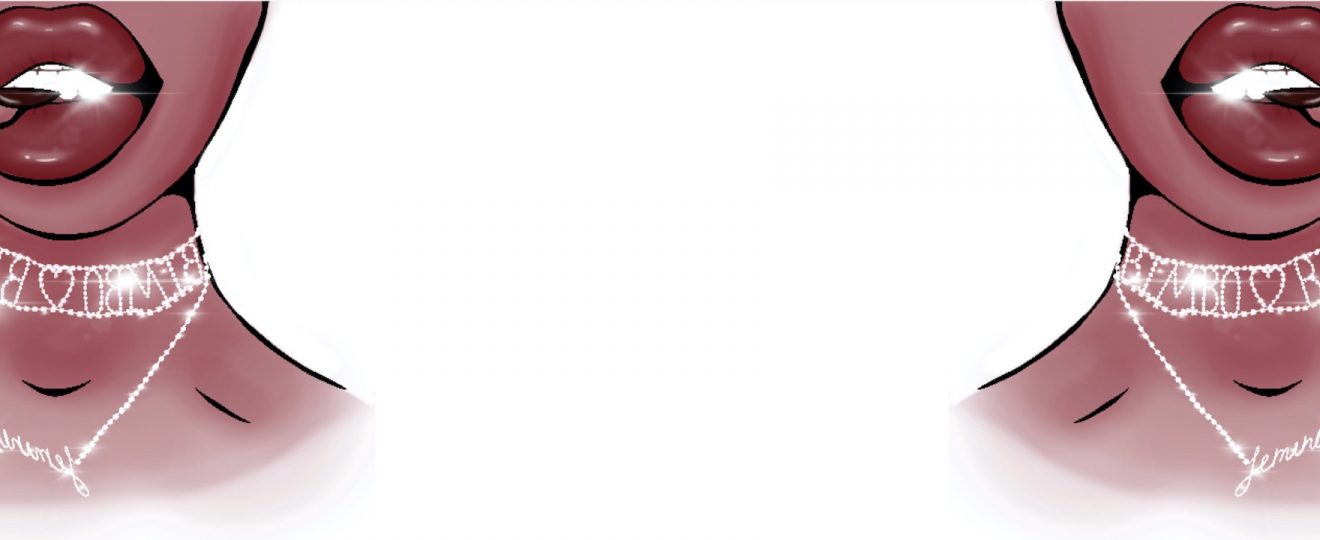This piece is part of a collaboration with The Group Chat for Change, the online periodical run entirely by young people. Their work to engage the youth of all backgrounds, abilities, sexual orientations, races, religions, and gender expressions is as impressive as it is important. Please take a look at more of Mallika’s work – and the work of many other intelligent people – at https://www.thegroupchatforchange.org/
—-
*For the sake of this essay, I am only referring to female bimbos. Although the term bimbo has come to refer to any gender, female bimbos have a unique connection to this movement as the term ‘bimbo’ has been used against them specifically for decades. Women also face unique problems under white supremacy, capitalism, and the male gaze.
The so-called ‘bimbo’ has been a common trope in American media for decades. From Karen Smith in Mean Girls to Marilyn Monroe in How to Marry a Millionaire, we have come to know the bimbo as an attractive woman whose frivolous and unintelligent ways lead people to overlook and underestimate her. There have been many revenge bimbo stories in which protagonists like Elle Woods from Legally Blonde defy people’s low expectations of them (for fitting the stereotypical bimbo image) and rise to new heights, all while keeping their hair intact and their high heels shiny.
Bimboism is a new movement among young feminists that plays off of this subversion of the bimbo trope. Modern-day bimbos dawn the same shiny blonde hair and sparkly handbags of the classic bimbos, but do so while educating others on feminist ideas, showing that one can be smart as well as feminine. However, this movement may not actually be as empowering as these modern-day bimbos might think. Feminist movements must be truly inclusive of all women, but bimbosisim inherently excludes women of color (WOC) and people with lower-incomes.
When one looks at classic bimbos throughout history, it is painfully obvious that almost all of them are white. In order to critique this, we must first examine the deeper reasons why it occurs. When white women experience sexisim, they are often infantilized, thought of as ‘pristine’ and ‘pure’. The bimbo is always unintelligent and in need of a man’s help, which is why the patriarchy has painted the bimbo as a white woman. Women of color, on the other hand, face the opposite consequences of a patriarchal society. In When White Women Cry: How White Women’s Tears Oppress Women of Color by Mamta Motwani Accapadi, the author writes, “while White women have been depicted to be the foundation of purity, chastity, and virtue, Women of Color have historically been caricaturized by the negative stereotypes and the historical lower status position associated with their racial communities in American society.” This distinction is important to make because it shows some of the privilege in even getting to call yourself a bimbo; Even though the sexisim white women face is demeaning, they can still weaponize the protection they get under the patriarchy. Pandering to the bimbo stereotype works mostly with them because the stereotype was based off of the patriarchy’s idealized view of white women. Therefore, they are the only ones who can get any meaningful empowerment out of subverting this trope. If a woman of color tried to subvert the bimbo trope, it would not be met with the same ‘#girlboss’ energy as a white woman. We need to recognize that in feminist movements, WOC are constantly at a disadvantage because white supremacy is entrenched in so many mainstream attitudes.
Another noticeable characteristic of most bimbos is that they always seem to wear designer clothing and come from extremely rich families. In Legally Blonde, Elle Woods comes from a rich family of fashion designers and always wears the most expensive pink pantsuits. Although it is empowering for a woman to have financial autonomy in a patriarchal world, why must that money derive from inherited wealth and be put toward something that only benefits the individual? In this way, bimboism promotes feminism through excessive spending and consumerism. Unfortunately, this is a common trend in mainstream feminism. In Feminist Consumerism and Fat Activists: A Comparative Study of Grassroots Activism and the Dove Real Beauty Campaign, Josée Johnston and Judith Taylor talk about how advertisers at big companies use watered-down feminist ideals to sell products which have nothing to do with the actual movement just to make more money. As long as bimbos continue to consume high fashion and glamorous lifestyles for the ‘aesthetic,’ this movement cannot empower all women. The only things this can benefit are big, money-hungry companies. How are lower-income women, disproportionately WOC, supposed to participate in this movement?
We also need to ask ourselves, why do women want to participate in bimboism? Why dress up, purposefully act ‘dumb’, and adhere to rigid, Euro-centric beauty standards? This seems counterproductive in comparison to directly addressing problems in the patriarchy. Could it be that the draw to bimboism is in that it perpetuates precisely the kind of ‘empowerment’ the patriarchy wants women to achieve. Unfortunately, girls are conditioned from a very young age to cater to the male gaze and the patriarchy. By participating in Bimboism, one purposefully works for and within the male gaze. Even if their goal is to subvert or reclaim this trope, the empowerment women get from it is purely individualistic. Succeeding through the propagation of a sexist, racist, and socioeconomically exclusive beauty standard can never bring empowerment for all women.
In order for Bimboism to be improved, it must first rewire the expectations of women that led to this trope in the first place. Many WOC who are hesitant to participate in Bimboism still feel defeminized for not fitting the beauty standard. Josée Johnston and Judith Taylor write, “While sexism shapes the nature of womanhood, White womanhood looks very different than Asian American, Black, Indigenous, or Latina womanhood, because each woman’s experience is shaped by the internal expectations and external perceptions of what it means to be a woman within each of these racial communities.” Therefore, there needs to be more representation of women who are not white, skinny, rich, and/or blonde in Bimboism. Secondly, Bimboism needs to recognize the role that the male gaze plays in this trope by redefining what a Bimbo means from a female perspective. My goal is not to encourage people to ‘cancel’ Bimboism, or stop participating in it altogether. Hyperfemininity is often demonized, and this trope was one way women have attempted to reclaim that femininity, something that is extremely important. However, feminism needs to be inclusive of all people, and in order for Bimboism to become that inclusive, it will need many fundamental changes.
Art by Quinn Fagersten






Hi! This was a wonderful read and I completely agree with you. I would love to read or hear your take on TikTok’s “bimbo feminism”.